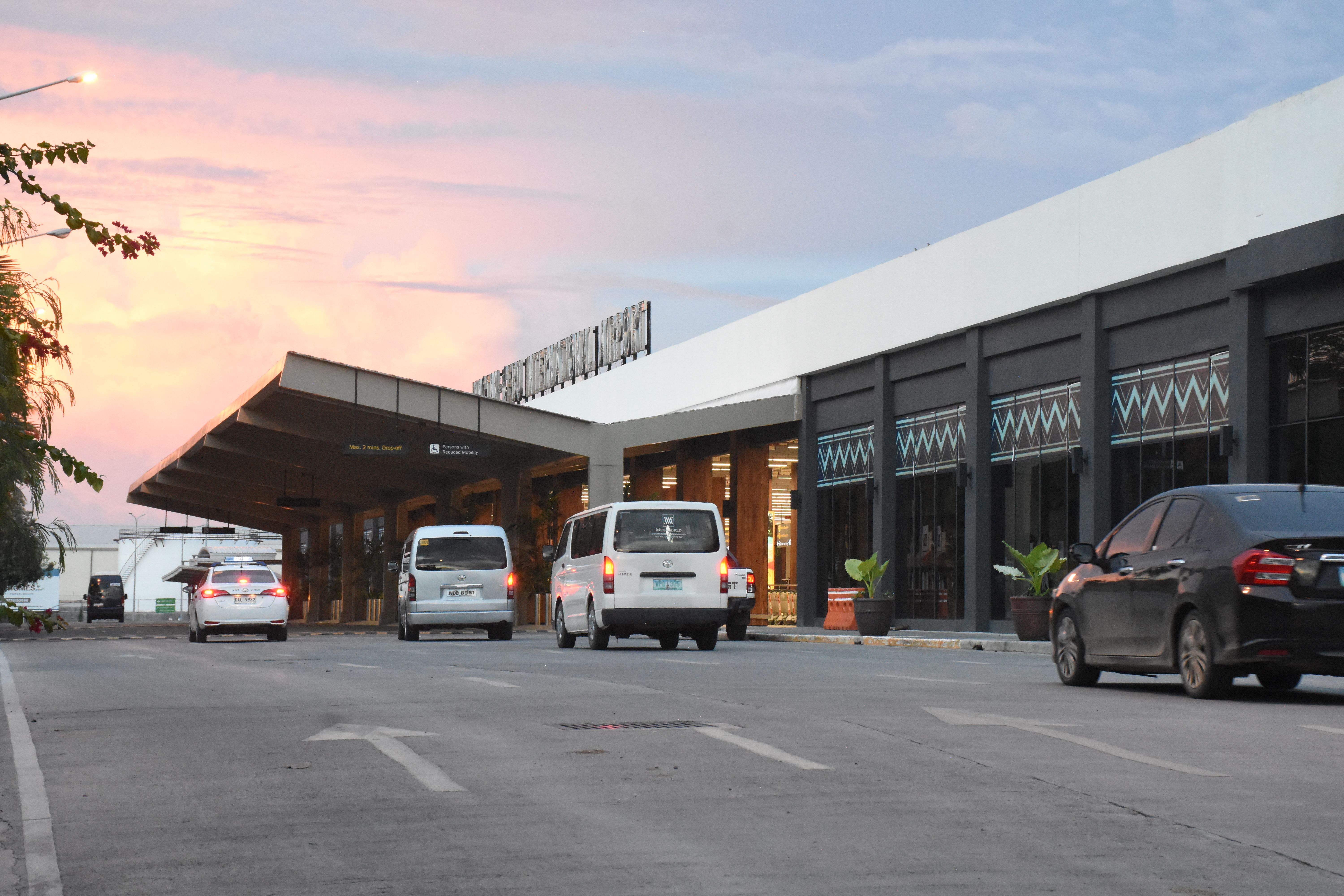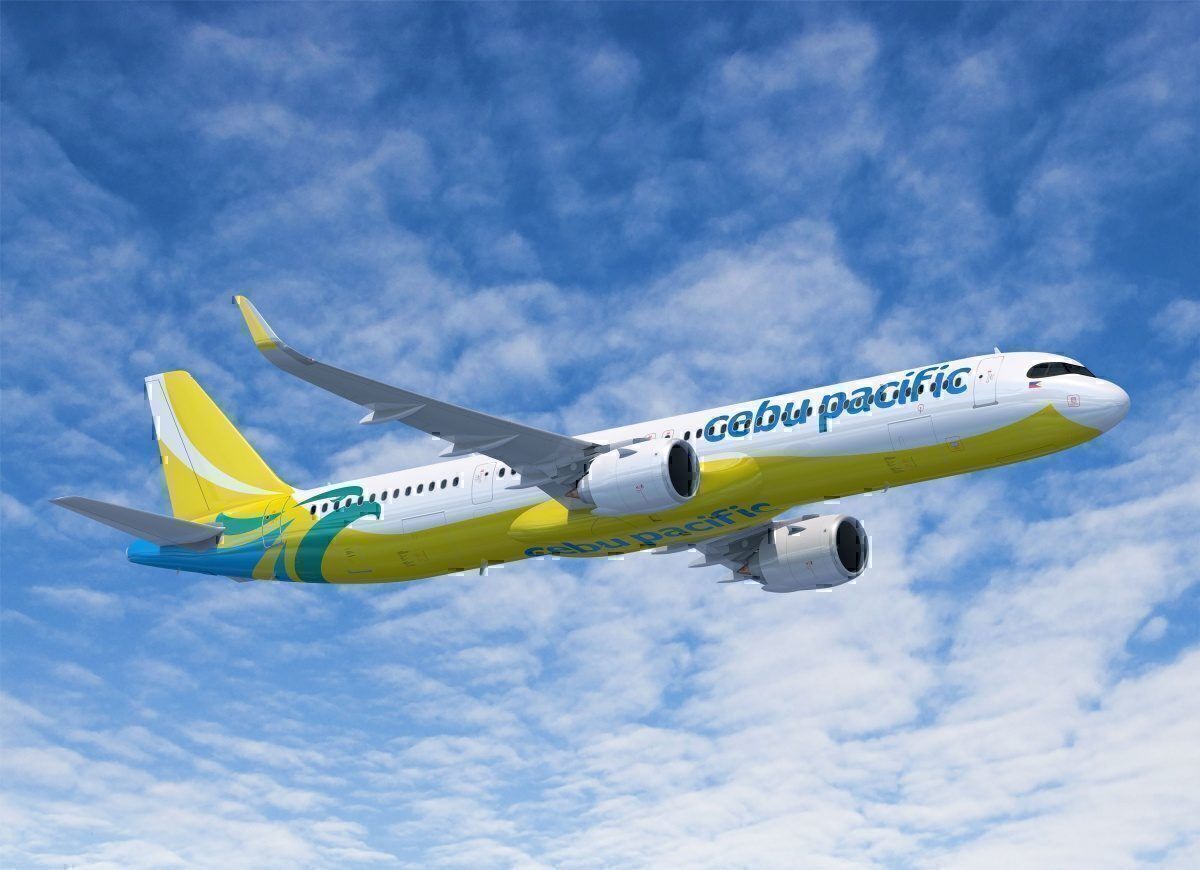The Philippines' second airport, Mactan Cebu International, is being taken over by local company Aboitiz Group. The group is led by Sabin Aboitiz, President Ferdinand Marcos Jr's lead adviser for transportation and tourism.
Mactan Cebu International Airport (CEB) is on the central island of Cebu, a popular tourist spot and commercial hub, 350 miles (565 kilometers) south of Manila, the Philippines' capital. Flights to Manila take around 1:30, and CEB is a base for Cebu Pacific Air, Philippine Airlines and Cebgo, the regional brand of Cebu Pacific. On Saturday, Nikkei Asia reported that Aboitiz Group had struck a deal to buy into GMR Megawide Cebu Airport Corporation, the developer and operator of CEB.
Government approval should be a rubber stamp
If the government approves the deal, Aboitiz will purchase a 33.3% stake in the company owned by Megawide Construction and its Indian partner GMR Airports International. That share will cost Aboitiz 9.5 billion pesos ($167 million), and it will also buy exchangeable notes worth 15.5 billion pesos ($272 million) to be converted into shares in 2024 to give it control of the airport. Those transactions value the controlling stake at 25 billion pesos, or $439 million.
Find more aviation news here!
Sabin Aboitiz is the convenor of President Marcos' Private Sector Advisory Council, a group of business heavy-hitters working to support the new administration's economic goals. In 2014, Aboitiz failed to win a 25-year contract to expand and operate the airport as part of the (then) government's privatization plans. That tender went to Megawide/GMR, the company Aboitiz is now ousting from the airport's control. Intrigue has never been far from sight in Philippine politics and business.
Cebu Pacific Air operates at CEB, with ch-aviation.com data showing it has 52 aircraft in its fleet, with 46 in active service. It is an all-Airbus fleet dominated by A320-family aircraft, most of which are less than five years old. The airline has 20 A320-200s and seven A321-200s, plus eight A320neos and ten A321NXs. The widebody fleet comprises four A330-300s and three A330neos. It also has 47 Airbus aircraft on order, a mix of A320/321neos and A330neos.
Airport volumes are rebuilding this year
Cebu Pacific's regional airline, Cebgo, has an interesting lineage. Its DNA started in 1994 as South East Asian Airlines, becoming Tigerair Philippines in 2013 and Cebgo in 2015. It also has a one aircraft type fleet, with 14 ATR 72-600s, two ATR 72-500fs and six ATR 72-500s, with two more ATR 72-600s on order. The airline only operates domestically to 26 destinations on 29 routes. By comparison, Cebu Pacific Air flies to 52 destinations in 15 countries, operating 84 routes.
The airport has been through a very tough few years but based on this year, it's well on its way to recovery. The benchmark year was 2019 when CEB handled 12.7 million passengers, 8.4 million domestic and 4.3 million international. That dropped to 2.7 million in 2020 and slid again last year, falling to 1.33 million. Over the three years, domestic travel fell from 8.4 million in 2019 to 1.16 million last year, while international went from 4.3 million to 167,500 last year.
On a more promising note for the new owners, CEB has handled 2.42 million domestic and 238,000 international passengers in the first seven months of 2022. At the end of July, CEB had processed close to 2.66 million passengers, double all of 2021 and 97% of 2020 volumes. But nowhere near the 12.7 million in pre-pandemic 2019.
Source: Nikkei Asia

-Cebu-Pacific.jpg)

